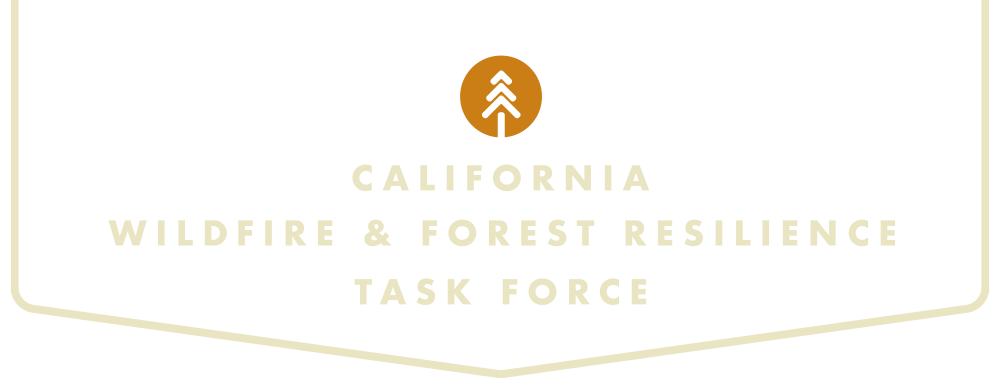Nursery - Lewis A. Moran Reforestation Center
Department: CAL FIRE
Program Description: Seedbanks and reforestation are at maximum capacity in California. The demand for tree-growing operations have expanded dramatically over the last few years due to California’s drought, tree mortality and devastating wildfires sweeping through the state. Originally established in 1921, The Lewis A. Moran Reforestation Center is being revitalized and expanded to play a prominent role in meeting California’s reforestation needs.
The nursery makes seedlings available to state and private forestland owners as part of a long-term venture to support statewide reforestation needs, including the California Forest Improvement Program. In the state’s continuing mission to meet growing needs, we are expanding operations to meet long- term vision for the state’s restoration efforts.
This facility also holds the State Seedbank. This long-term repository contains more than 42,000 pounds of seed native to a broad range of areas and elevations in California. This seedbank contains the highest quality seedstock available and provides seed storage for a small fee, both to public and private landowners.
Program Impact: In the last two years, the Lewis A-Moran Reforestation Center has:
- Upgraded facilities to expand seedling greenhouses.
- Funded grants to expand greenhouse space throughout the state, making room for the increasing demand for seedlings.
- Improved cones and seed collection by establishing a Seed Cooperative to share seed/cone and reforestation resources across State, Federal, private and non-profit organizations.
- Established a long term survey of cones.
Resilience in Action: Climate Adapted Seed Tool (CAST) — The Reforestation Center has been working with climate scientists and forest biologists to help better align planting stock with the expected climate stressors at the planting locations. Forest trees, even within the same species, are genetically different from each other and are historically catalogued by geographically mapped areas called seed zones. Seed transfer rules specify a geographic distance beyond which populations should not be moved. In an era of rapidly changing climatic conditions, foresters must match the climatic adaptability of seedlings to the climatic conditions of restoration sites. The Climate Adapted Seed Tool will greatly expand California’s ability to match expected climatic conditions with the seedlings planted, to ensure forests are healthy and productive into the future.

Lewis A. Moran Reforestation Center forester tending to seedlings

